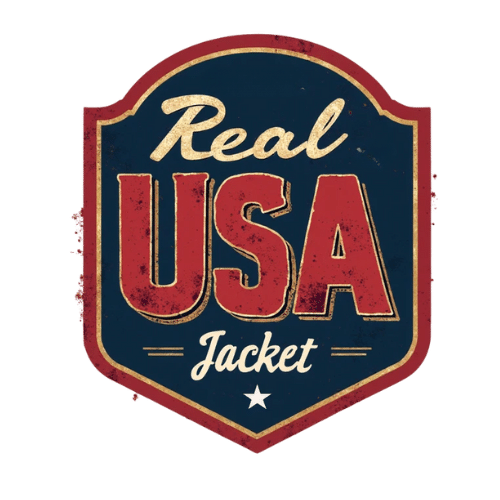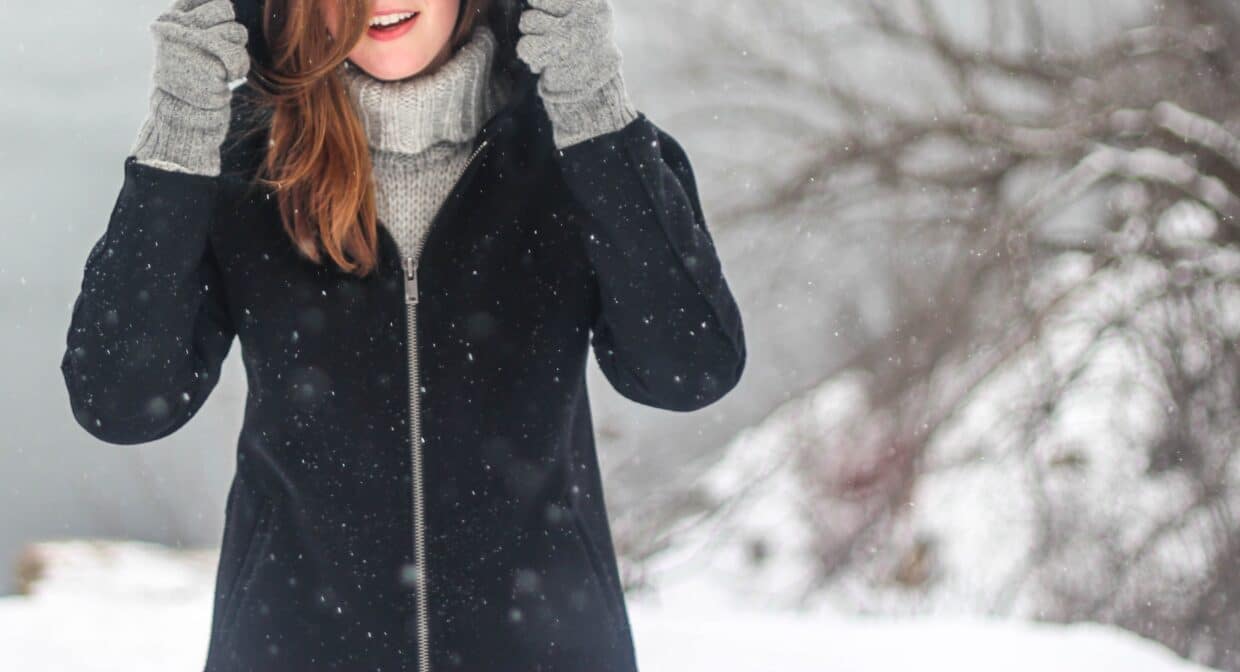Table of contents
• Introduction Winter Jackets and Vests
• Understanding winter jackets
• Choosing the right winter jacket
• Specific needs
• Parka tips
• Vest selection
• Conclusion Writing about Remembering the balance of warmth and flexibility
Introduction
Winter is here, and so is the need for a good winter jacket. A good winter jacket is not just a fashion statement, it’s a survival item. And with today’s wide variety of styles, colors, and materials to choose from, it can be overwhelming to decide on the best one for you. In this guide, we will help you navigate through the confusing world of winter jackets. We’ll discuss the importance of having a good one and what to look for when purchasing. So sit back, relax, and get ready to become a winter jacket expert.
Understanding winter jackets
Understanding Winter Jackets and Vests: Winter jackets are a complex piece of gear that requires thought before purchasing. Every jacket has three main components: the outer shell, the insulating fill, and the lining. The shell is important to protect you from wind and precipitation, the insulating fill is important to keep you warm, and the lining is important for comfort. Finding the balance between weight and insulation is important too. There are many insulation types available in winter jackets. Synthetic insulation is lightweight and wicks moisture, while natural down insulation is warmer but bulkier and doesn’t insulate when wet. When looking for a jacket, consider your activity level. If you’re going to be standing still outside for long periods, like waiting for public transport, you’ll want a jacket with more insulation than if you’re going to be hiking or skiing. While a jacket may be warm, it should still allow you to move freely. Your activity level will also dictate the weight of the jacket you can comfortably wear. Consider the colors that match your wardrobe and personal style as well.
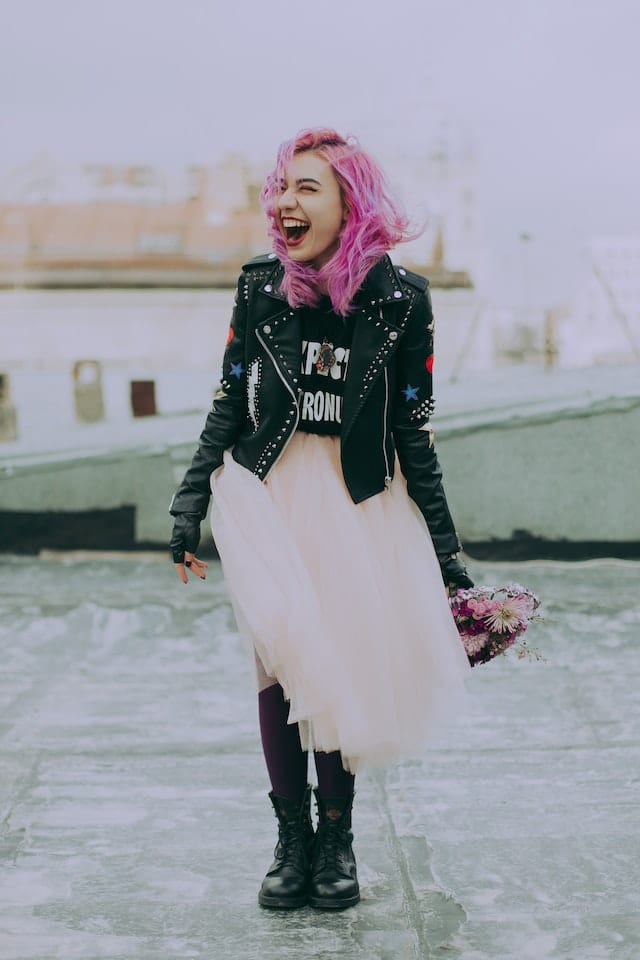
Choosing the right winter jacket
Choosing the right winter jacket can be confusing, but it all comes down to your lifestyle and preferences. Consider your activity level; do you need a jacket that keeps you warm while standing at the bus stop or while running in the park? Match insulation to your needs; you don’t want to overestimate your need for warmth and end up sweating. Color choices matter too; if you’re buying one jacket for the season, go for a neutral shade that complements most of your outfits. Remember that the perfect winter jacket doesn’t exist since everyone’s needs and preferences are different. It’s about finding the balance between flexibility, weight, and warmth that suits your lifestyle. Investing in a good winter jacket is essential to keep you warm, but you don’t need to break the bank. Do your research and buy a quality coat that suits your needs instead of settling for multiple cheaper ones. Trust us; sweating in a jacket designed for -60 degrees will make you suffer just as much as freezing in a too-thin jacket. So, find a Winter Jackets and Vests that is tailored to your specific needs, and always remember to keep the balance right between warmth and flexibility. Happy winter jacket hunting!
Specific needs
Living in a rural area during winter can be brutal, and it’s essential to have a jacket that can withstand the conditions. It’s best to choose a jacket that’s windproof, waterproof, and breathable. A wool coat or a teddy jacket is perfect for temperatures ranging from 30°F to 40°F. A parka or puffer jacket is ideal for temperatures ranging from 0°F to 20°F. A winter jacket with high-quality insulation is necessary when the temperature dips below -20°F, and you’re spending extended periods outdoors. Special considerations need to be made for extremely cold climates. Investing in a good quality jacket that can withstand the extreme temperatures is recommended since it’s better to have one high-quality jacket than multiple inexpensive ones. Canada Goose jackets are a popular option for cold climates, but they may not be necessary if you don’t live in an extreme climate. Avoid sweating as much as possible since it leads to discomfort and can get dangerous on prolonged exposure to the cold. Investing in an expensive parka may seem unnecessary, but it’s essential to find a winter jacket that fits your needs, lifestyle, and budget. While a parka that can withstand temperatures as low as-60°F may be suitable for those in the Arctic, it’s not recommended for someone commuting to work or using public transport. It’s essential to strike a balance between warmth, weight, and flexibility when purchasing a jacket. Don’t forget to consider that you need to wear the Winter Jackets and Vests; sweating too much is suffering too.
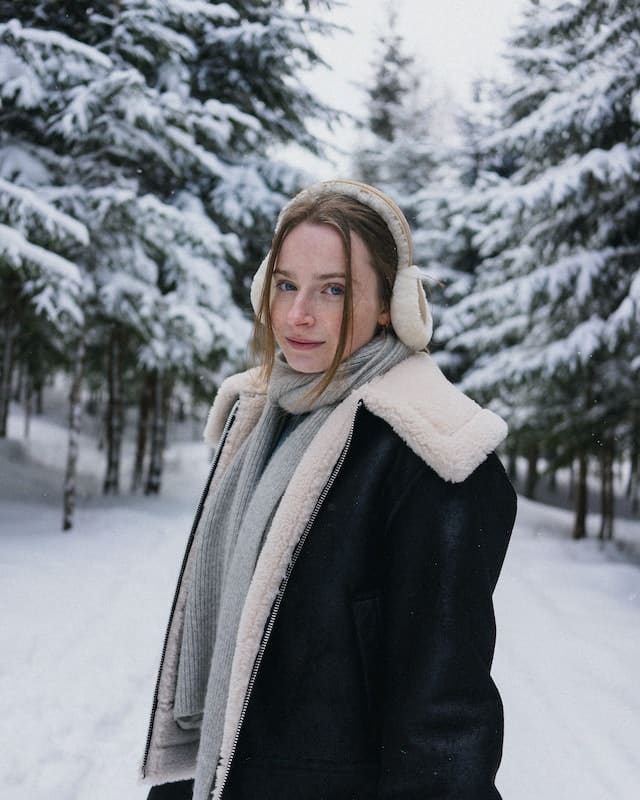
Parka tips
Parka Tips: It’s no secret that parkas are the ultimate winter jacket for those living in extremely cold climates. But what makes a parka truly effective? First and foremost, the fur on the outside of the hood is not just there for aesthetics. Its purpose is to keep snow from blowing into your face when it’s windy and snowy outside. When considering what other features to look for, consider the length of the jacket. The longer it is, the more coverage it provides. Additional features like adjustable cuffs, hoods, and waistbands can help keep in warmth and keep out the cold. Remember, a good parka is an investment that will last for years, so take the time to choose the right one for you.
Vest selection
Vest selection: When to choose a vest over a jacket? If you are someone who tends to get warm quickly, or if you are participating in an activity that requires a lot of motion, a vest might be a good option. Vests are also great for layering, giving you added warmth without the bulk of a jacket. Types of vests? There are various types of vests available on the market, ranging from fleece to puffer to down. Fleece vests work well in milder temperatures, providing additional warmth without adding too much weight. Puffer vests are great for outdoor activities and can handle colder temperatures. Down vests are the warmest option, offering protection from extreme cold. Insulation options? When choosing a vest, pay attention to the insulation options available. Synthetic insulation, like Thinsulate, is a popular choice because it is lightweight and retains heat even when wet. Down insulation is the warmest, but not great when wet. Remember, vests are not standalone winter wear as they only cover part of your torso. But, if you are looking for an added layer of warmth or something to wear during activities that require movement, a vest is a great option.
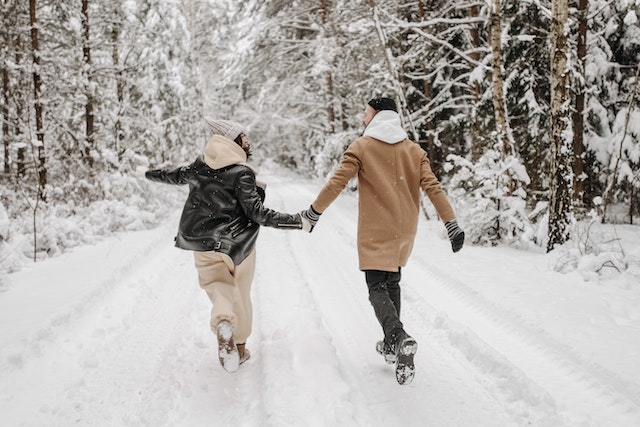
Conclusion
Research is key when it comes to finding the perfect winter jacket or vest. By taking the time to understand your own needs and environment, you can make a well-informed decision. Remember, it’s important to balance warmth with flexibility, so make sure the jacket you choose suits your lifestyle and activity level. Keeping these factors in mind will ensure that you make a smart investment that lasts for many winters to come. Stay warm out there!
